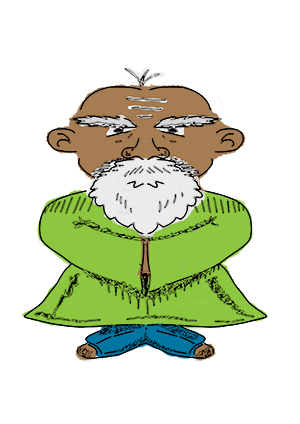We are about to be learning about Chinese medicine and philosophy. To properly do this we need to give up our classical European view of reality and to accept the Chinese concepts within their own context.
Classical Western Thinking
Westerners think in terms of an object’s essence. We strive to find what is the permanent and fundamental reality of an object or ourselves. We are interested in structure and permanence.
“…all things try to keep on being themselves; a stone want to be a stone and the tiger, a tiger.” – Jorge Borges
Chinese Thinking:
Only change is permanent.
Chinese Thought is based on change; Yin and Yang. All things are composed of energy: Qi [Chi]. Each of the 10,000 things is a transient configurations of energy. If we keep peeling away the layers of reality, we find no core: just change. Qi has a momentary configuration which dissolves, disperses, and takes up new configurations. All things are connected by Qi.
Greeks are concerned with structure and permanence. Chinese are concerned with process.
In the Chinese scheme of reality there are 5 types of chi dominating at different times. This theory is known as Wu Xing (Chinese: 五行; pinyin: Wǔ Xíng). Lots of translators refer to this as the ‘5 Elements’: Metal, Water, Wood, Fire, Earth. I shall shun this translation as it will make us cling to the Western orientations of the concepts: objects as substance made out of the elements. The translation of ‘5 Phases’ allows us more easily to accept the transience of the object: it is currently in its metal phase but is evolving into its water phase.
Modern Western Thought
Modern Western thinking now aligns more closely with the ancient Chinese view. E = mc-squared. Matter is just another form of energy. The universe is a pervasive quantum field where there is no difference between energy and matter. Reality is a roiling of energy. Quantum entanglement threads through the universe connecting entities across galaxies.

